-
Welcome to Tacoma World!
You are currently viewing as a guest! To get full-access, you need to register for a FREE account.
As a registered member, you’ll be able to:- Participate in all Tacoma discussion topics
- Communicate privately with other Tacoma owners from around the world
- Post your own photos in our Members Gallery
- Access all special features of the site
The 921 LED Reverse Light Bulb Study
Discussion in 'Lighting' started by crashnburn80, May 6, 2017.
Page 2 of 9
Page 2 of 9


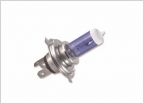 Piaa Intense White bulbs
Piaa Intense White bulbs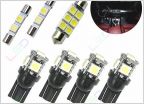 LED bulb question
LED bulb question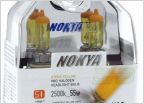 Bulb Size of the fog light (2009)
Bulb Size of the fog light (2009)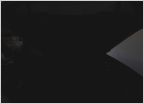 KC CYCLONE V2 color demo
KC CYCLONE V2 color demo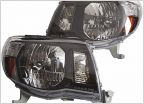 LED Headlight upgrades!
LED Headlight upgrades!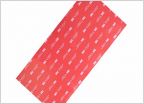 LED bed lights under rail mounting?
LED bed lights under rail mounting?








